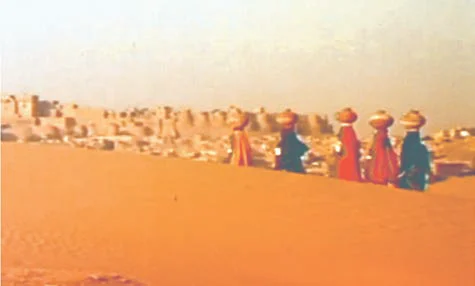![]() 20 Jun 2024
20 Jun 2024
The Deccan Plateau, situated in peninsular India, is a vast elevated region characterized by its rugged topography and diverse landscapes. Spanning across several Indian states, including Maharashtra, Karnataka, and Telangana, the plateau is renowned for its historical significance, rich cultural heritage, and varied ecosystems. Its expansive terrain, marked by plateaus, hills, and volcanic formations, contributes significantly to India’s geographical and geological diversity.
The Deccan Plateau is a triangular landmass that lies to the south of the river Narmada.
Features and Historical Significance of the Deccan Plateau:
| POINTS TO PONDER
The Deccan Traps are a distinct landscape found in and around Maharashtra region. Find out the unique characteristics of the Traps and the reason for its formation. Can you link the reason with the resources available in this area, particularly, the Black soil. |
|---|

The India Desert
| Must Read | |
| Current Affairs | Editorial Analysis |
| Upsc Notes | Upsc Blogs |
| NCERT Notes | Free Main Answer Writing |
<div class="new-fform">
</div>